Well, we’ve come to the end of another fifty-two roll project, and in proper form, I’m going to present my favourites from each week. Unlike previous projects, I started to build a final photo book of all my favourite images. And that I why I started working on this post at the beginning of February 2021, and each month I collected my favourites and posted them here and wrote out their pieces for the month. So that even with such a vast catalogue of images, I could quickly get the book to print. So without further delay, I give you my choices for the best of the year.

Nikon FM – AI-S Nikkor 35mm 1:2.8 – Fomapan 400 @ ASA-200 – Rollei Low Speed (1+4) 10:45 @ 24C
Nikon FM – AI-S Nikkor 35mm 1:2.8 (Yellow-12) – Fomapan 400 @ ASA-200 – Adox Atomol 49 (Stock) 9:00 @ 20C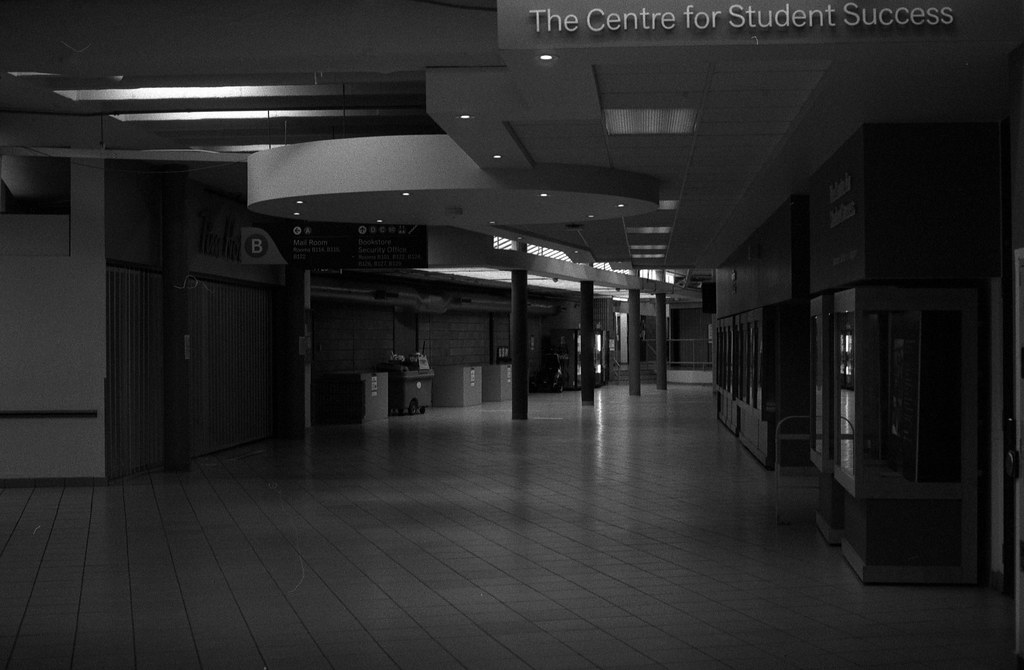
Nikon FM – AI-S Nikkor 50mm 1:1.4 – Fomapan 400 @ ASA-400 – Acufine (Stock) 6:00 @ 20C
Nikon FM – AI Nikkor 28mm 1:3.5 – Fompan 400 @ ASA-400 – Adox Atomal 49 (Stock) 10:00 @ 20C
Nikon FM – AI Nikkor 28mm 1:3.5 – Fomapan 400 @ ASA-200 – Kodak D-76 (1+1) 9:00 @ 20C
Nikon FM – AI Nikkor 28mm 1:3.5 (Yellow-12) – Fomapan 400 @ ASA-200 – FPP D96 (Stock) 7:30 @ 20C
Nikon FM – AI-S Nikkor 35mm 1:2.8 – Fomapan 400 @ ASA-320 – Ilford Ilfotec HC (1+63) 12:00 @ 20C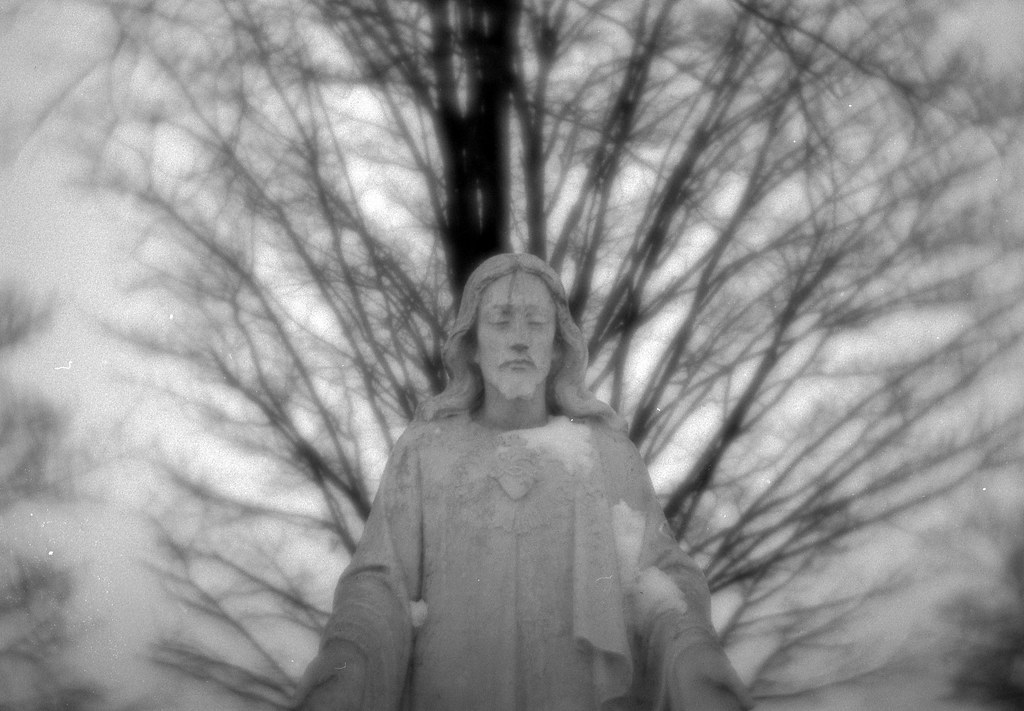
Nikon FM – Lomography Daguerreotype Achromat 2.9/64mm – Fomapan 400 @ ASA-200 – FA-1027 (1+14) 8:00 @ 20C
Nikon FM – AI-S Nikkor 50mm 1:1.4 – Fomapan 200 @ ASA-200 – Ilford Perceptol (Stock) 6:00 @ 20C
Nikon FM – AI Nikkor 28mm 1:3.5 (Yellow-12) – Fompan 200 @ ASA-200 – FA-1027 (1+19) 10:30 @ 20C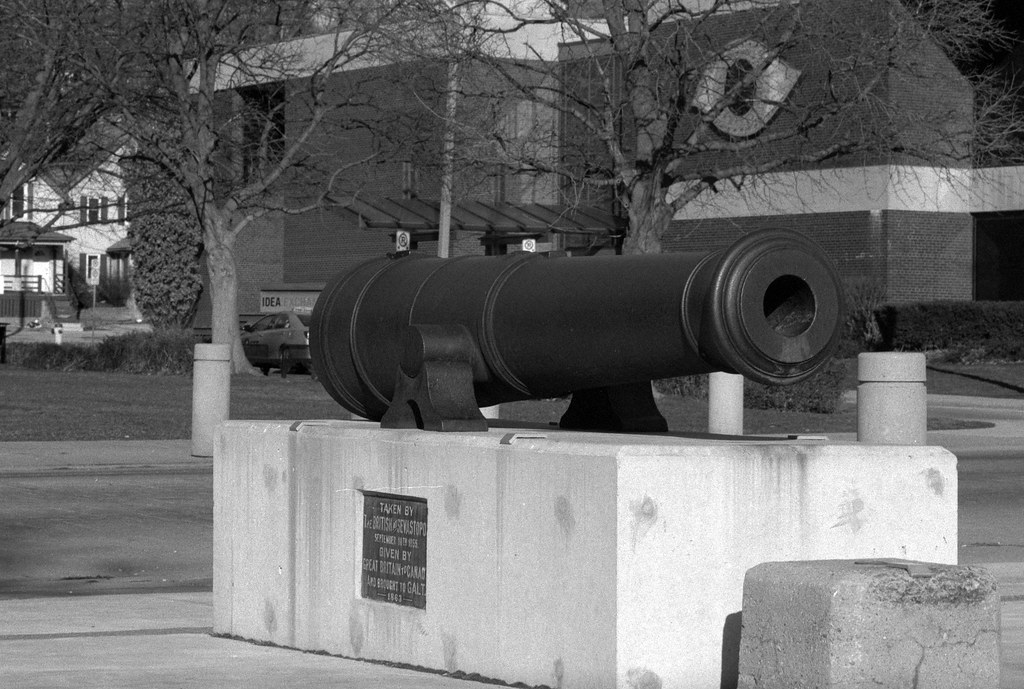
Nikon FM – AI-S Nikkor 105mm 1:2.5 – Fomapan 200 @ ASA-200 – Ilford Ilfotec HC (1+63) 9:00 @ 20C
Nikon FM – AI Nikkor 28mm 1:3.5 (Yellow-12) – Fomapan 200 @ ASA-200 – Kodak D-76 (1+1) 9:00 @ 20C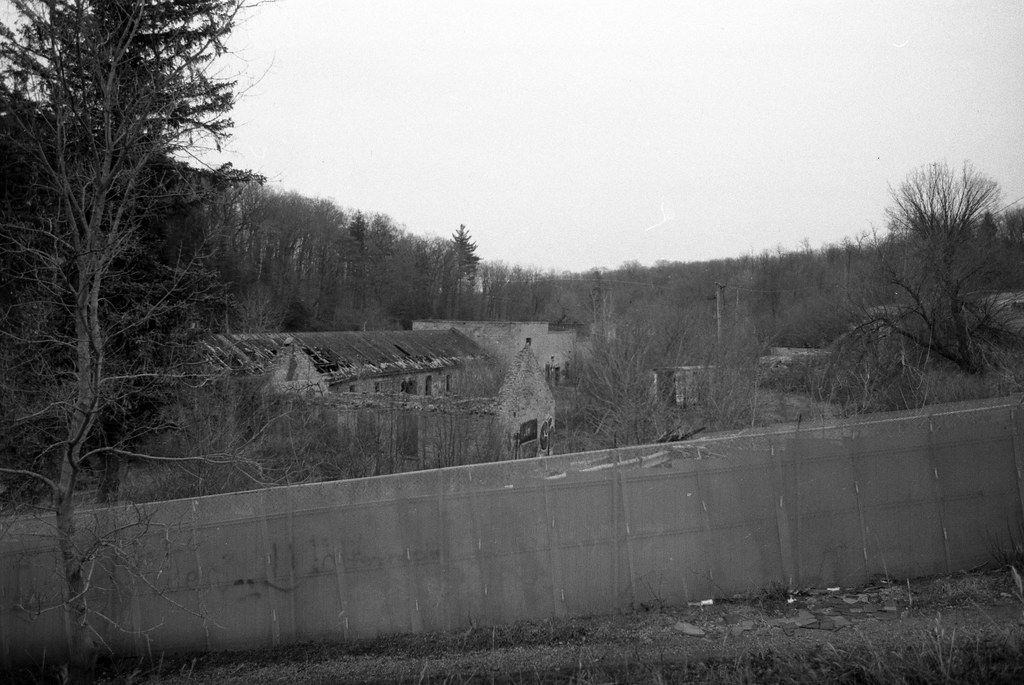
Nikon FM – AI Nikkor 28mm 1:3.5 – Fomapan 200 @ ASA-200 – Adox Atomal 49 (Stock) 10:00 @ 20C
For this 52-Roll project, I decided to play a little bit with the available data that I have access to, thanks to tracking the entire project in an Excel spreadsheet and tailoring the spreadsheet to make it easy to analyse and turn the data into information. Some of my job tasks often involve analysing data for future decision-making, and I think this project might help determine future project targets, locations, and even film development. With everything that took place throughout 2021, I’m not surprised that most of the week’s of the projects were located in my hometown of Milton. A total of eleven weeks were spent in Milton, the second-highest location count being Oakville and Toronto, also no surprise at those two numbers. Three weeks were spent in Hamilton, and an additional three weeks were shot at multiple locations. With the remaining places being 1-2 weeks. With an entire range of Nikkor manual focus lenses available, there were two top lenses from the project; at the number one spot with fourteen weeks being used is the Nikkor 35mm f/2.8 and in second place with twelve weeks the Nikkor 28mm f/3.5. This year, I allowed myself to have weeks where I brought multiple lenses; this accounted for ten weeks of the project. I used my Lomography Achromat 64mm f/2.9 lens twice this year. The lenses with the lowest counts were the 50mm f/1.8 and 200mm f/4; no surprise on the 200mm as it came into my kit late in the year and is highly specialised. Some films are easier to nail down a developer than others when it comes to Foma films. Over the year, I used seventeen different developers. The one that I used the most shouldn’t come as a surprise, Ilford Ilfotec HC, at a total of eleven times. Tied in second place are Adox Rodinal (a surprise) and Adox Atomal 49, another fantastic developer who did a fine job with Fomapan 400 and Fomapan 200. Then if you break it down by film stock and developer used. The most used Developer with Fomapan 100 was a tie between Ilfotec HC and Adox Rodinal, both at five times each. Fomapan 200, a tough stock to nail down a good developer, was Ilfotec HC four times, followed by Kodak D-23. This older developer is one of the best developers for the stock. Then with Fomapan 400, the number one developer is Adox Atomal 49 at four times, and provided the best results at both the box speed of ASA-400 and at one-stop over (ASA-200) and pulled in development.
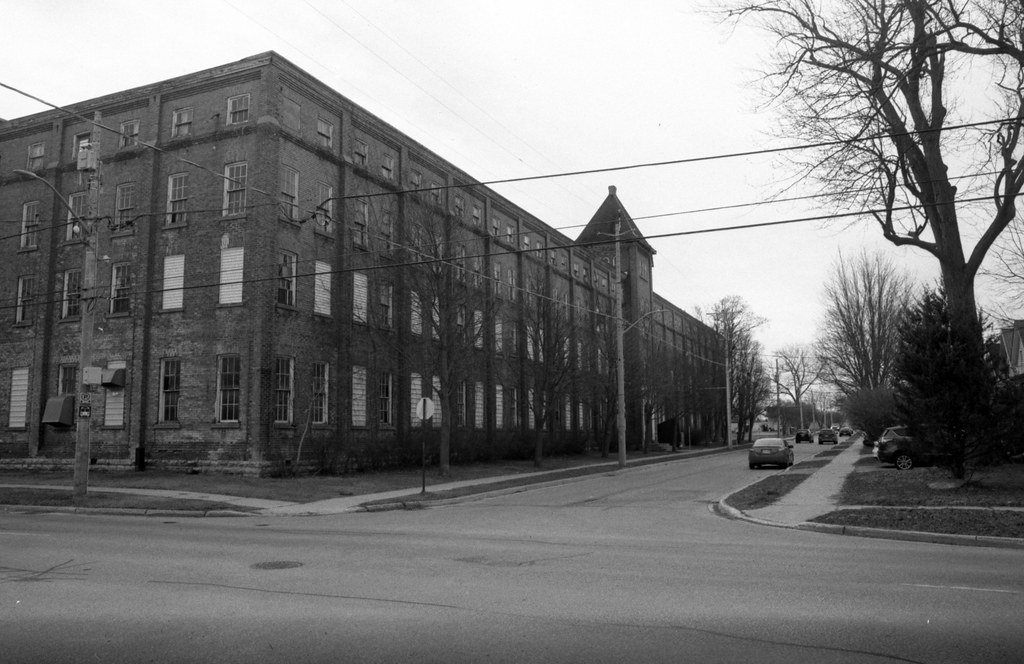
Nikon FM – AI Nikkor 28mm 1:3.5 (Yellow-12) – Fomapan 200 @ ASA-200 – Adox Atomal 49 (Stock) 10:00 @ 20C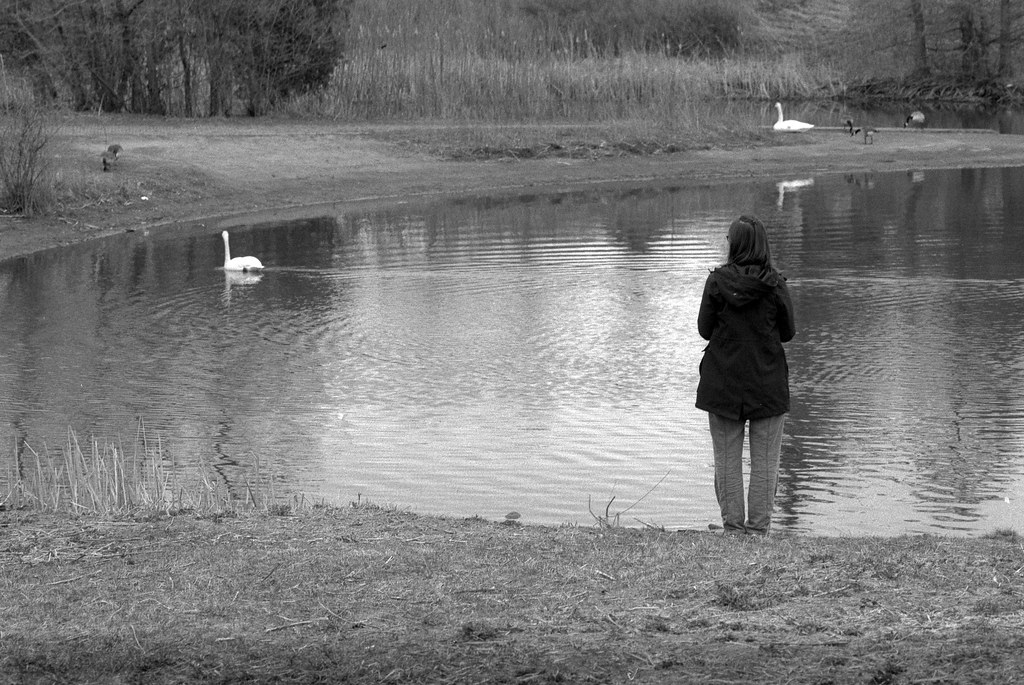
Nikon FM – AI-S Nikkor 105mm 1:2.5 – Fomapan 200 @ ASA-160- Adox Rodinal (1+50) 8:00 @ 20C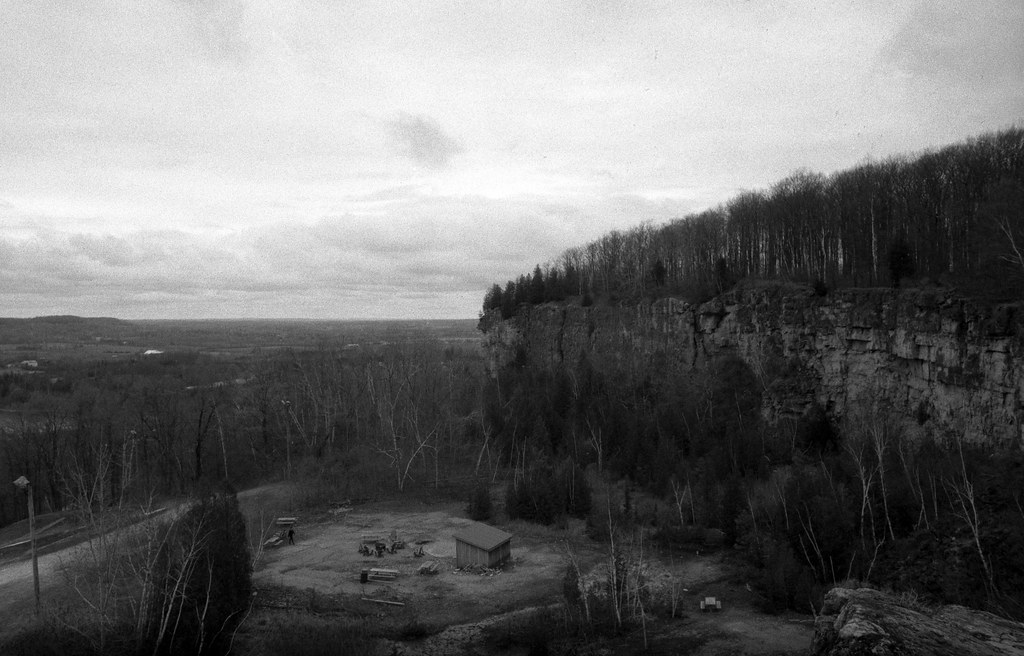
Nikon FM – AI Nikkor 28mm 1:3.5 – Fomapan 200 @ ASA-200 – FPP D96 (Stock) 9:00 @ 20C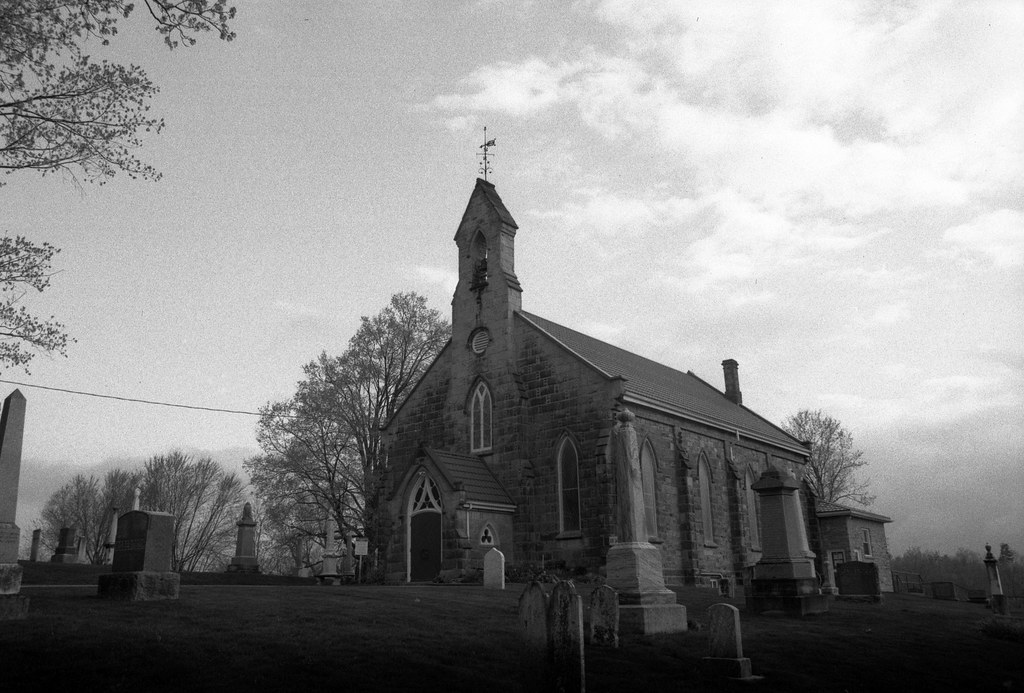
Nikon FM – AI Nikkor 28mm 1:3.5 – Fomapan 200 @ ASA-100 – Adox FX-39 II (1+9) 10:00 @ 20C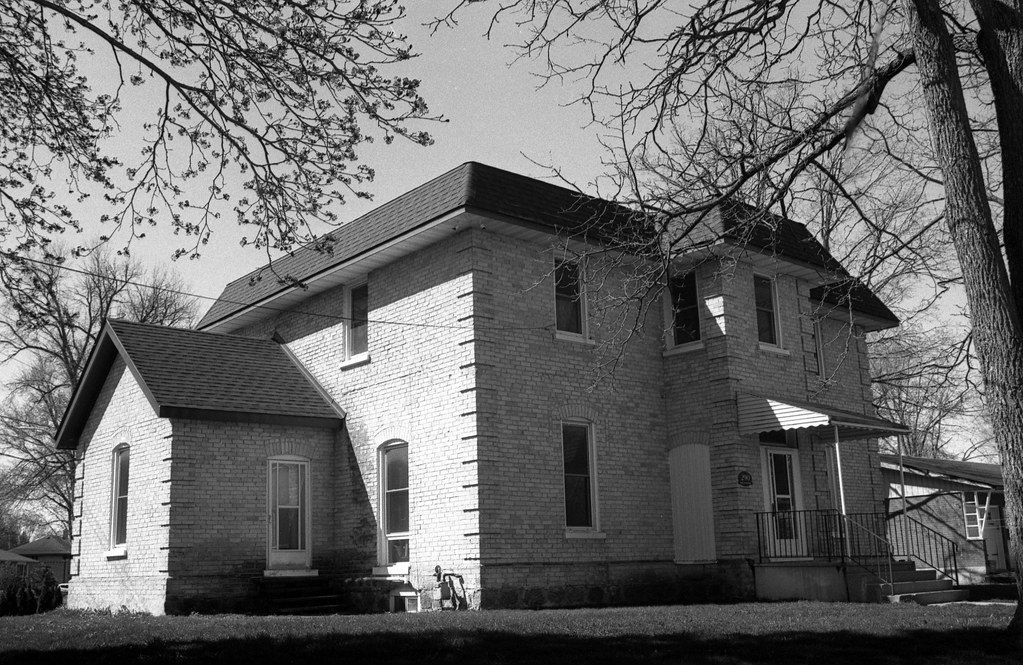
Nikon FM – AI-S Nikkor 35mm 1:2.8 – Fomapan 100 @ ASA-100 – Rollei Supergrain (1+15) 7:30 @ 20C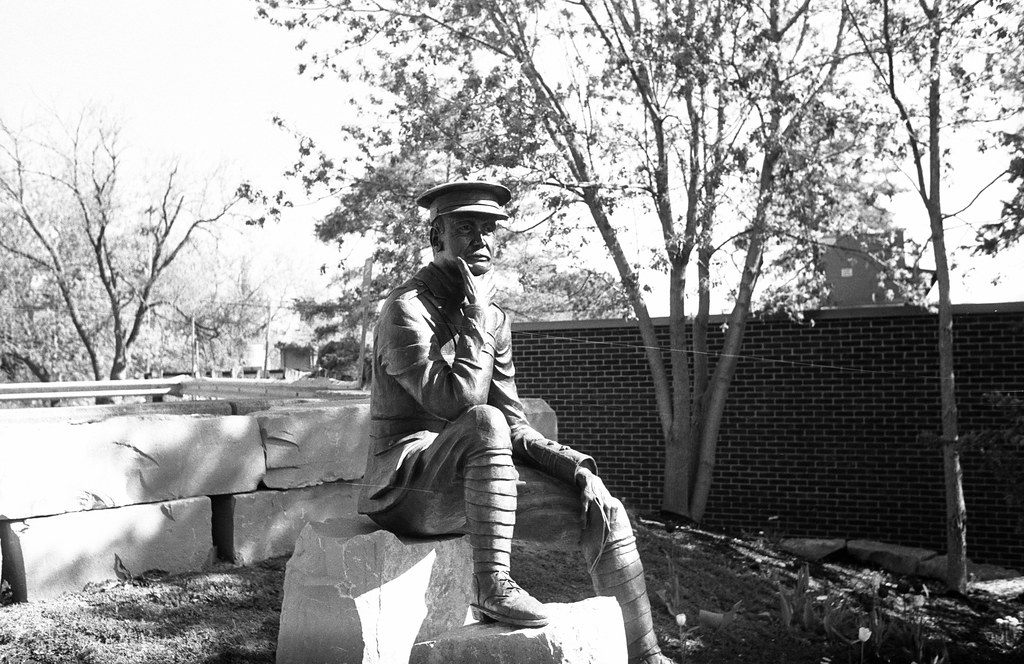
Nikon FM – AI-S Nikkor 35mm 1:2.8 (Yellow-12) – Fomapan 100 @ ASA-100 – Adox FX-39 II (1+9) 7:00 @ 20C
Nikon FM – AI Nikkor 28mm 1:3.5 – Fomapan 100 @ ASA-100 – FA-1027 (1+14) 9:00 @ 20C
Nikon FM – AI-S Nikkor 35mm 1:2.8 (Yellow-12) – Fomapan 100 @ ASA-100 – Ilford Ilfotec HC (1+63) 10:00 @ 20C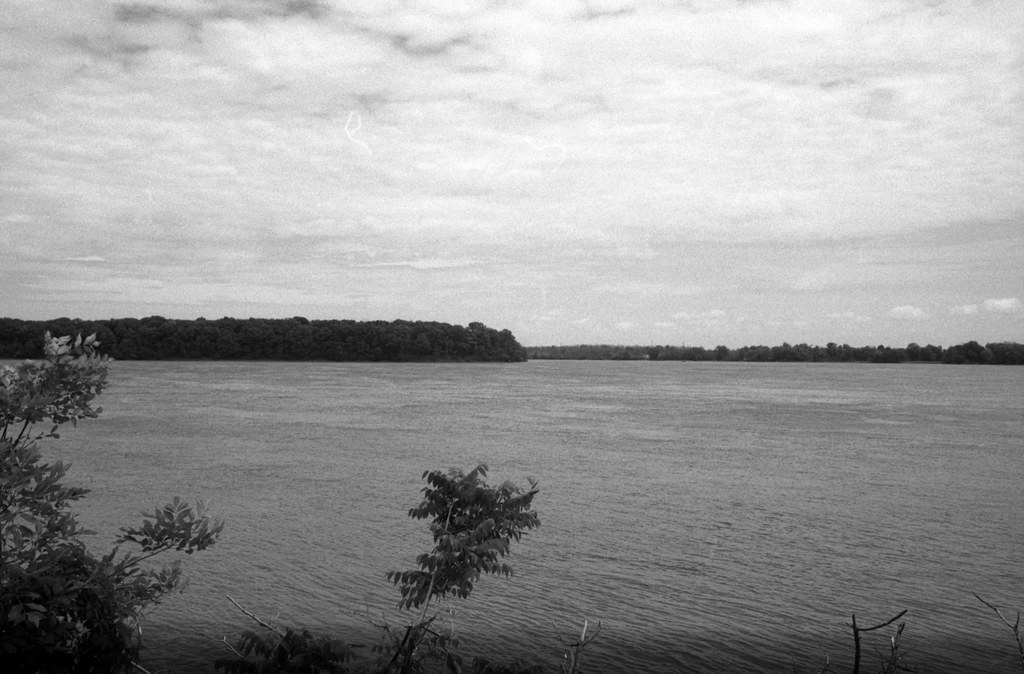
Nikon FM – AI-S Nikkor 35mm 1:2.8 (Yellow-12) – Fomapan 100 @ ASA-100 – Adox Rodinal (1+50) 9:00 @ 20C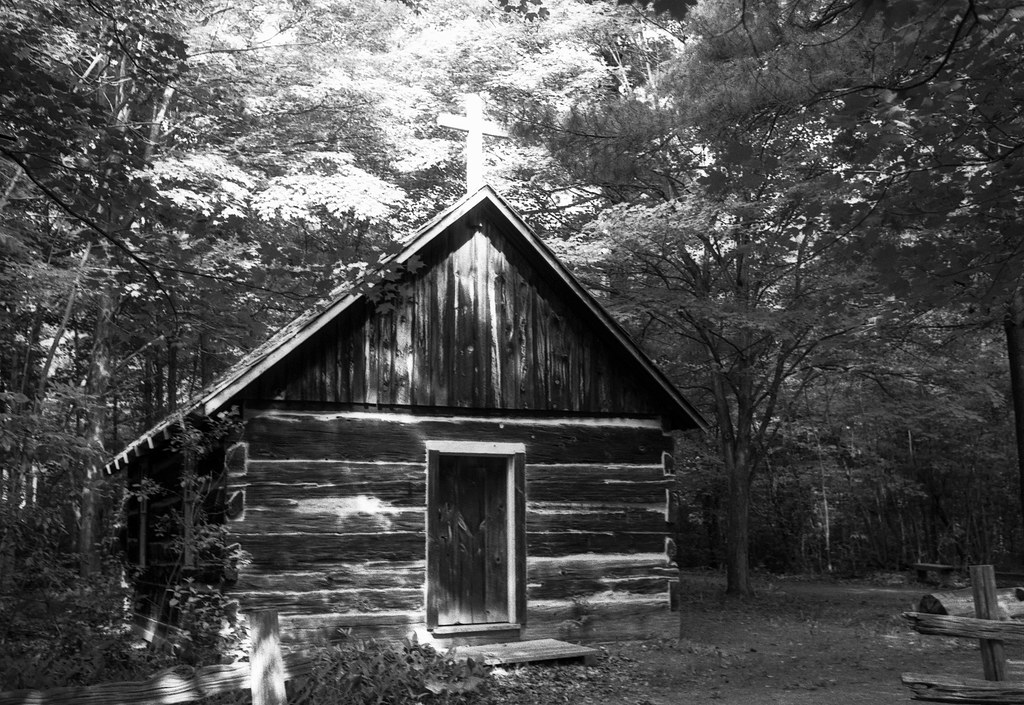
Nikon FM – AI-S Nikkor 35mm 1:2.8 (Yellow-12) – Fomapan 100 @ ASA-100 – Rollei Supergrain (1+15) 7:30 @ 20C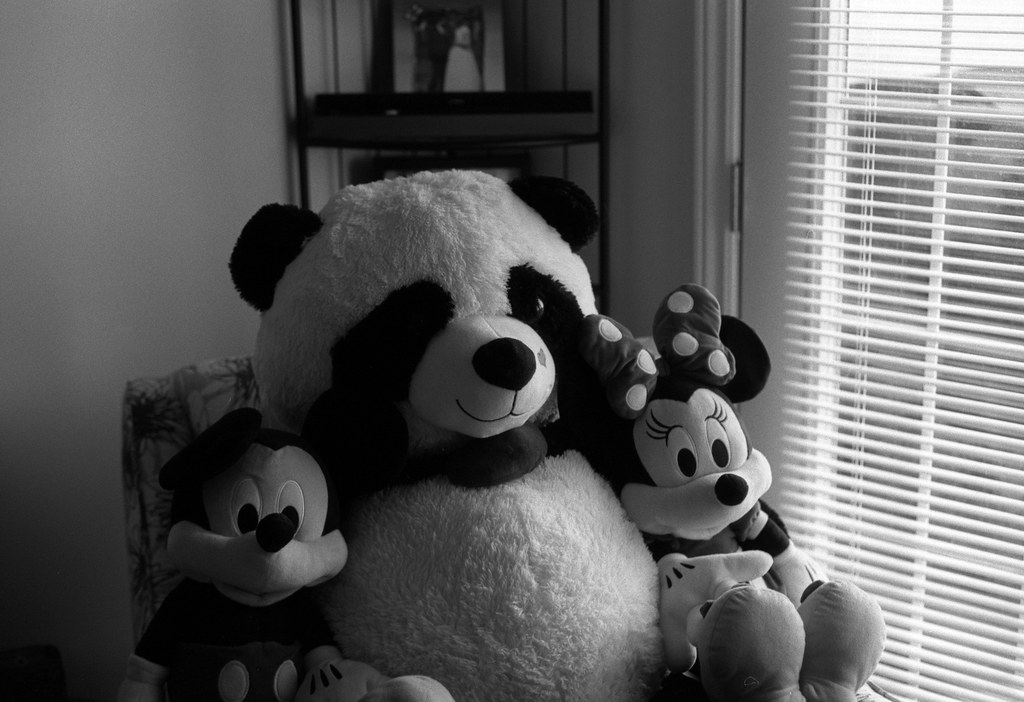
Nikon FM – AI-S Nikkor 50mm 1:1.8 – Fomapan 100 @ ASA-100 – Ilford Ilfotec HC (1+79) 12:00 @ 20C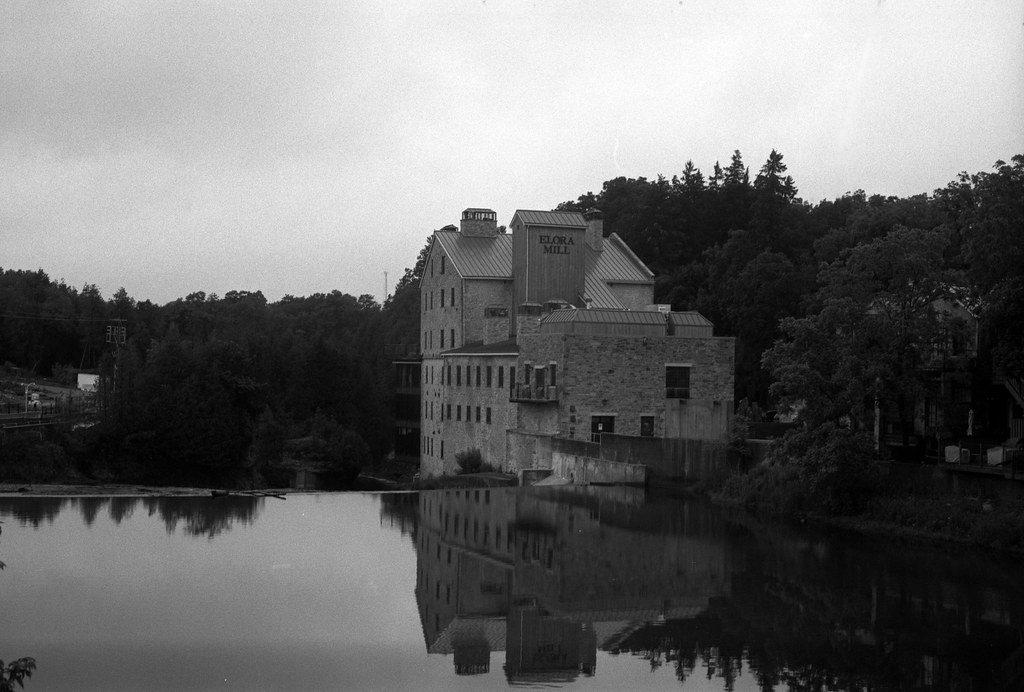
Nikon FM – AI-S Nikkor 50mm 1:1.4 – Fomapan 100 @ ASA-100 – Ilford Ilfotec HC (1+79) 12:00 @ 20C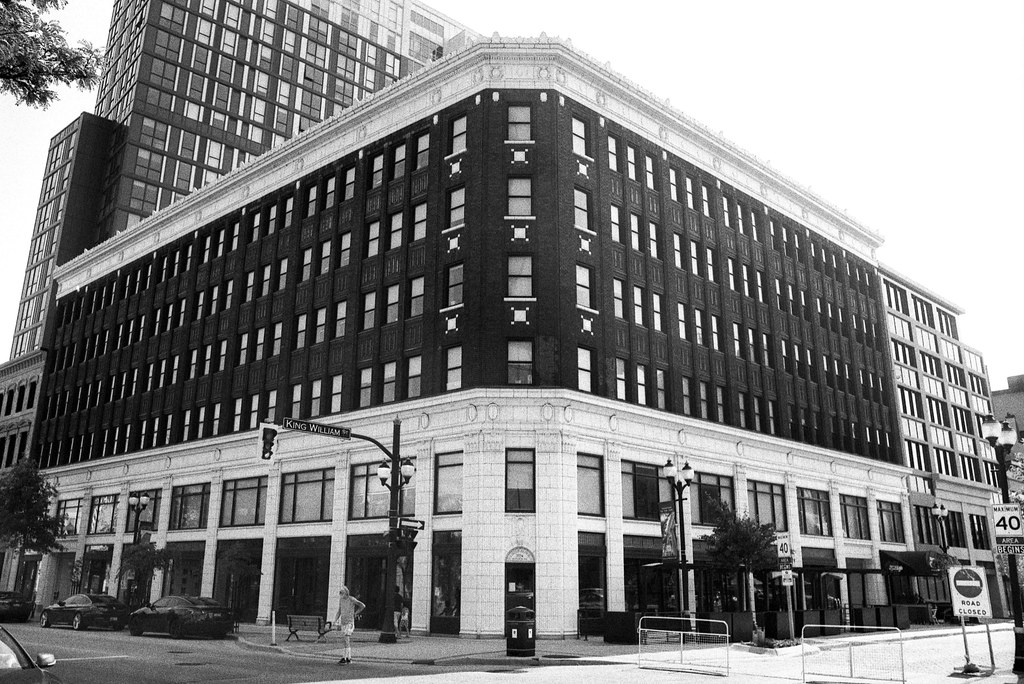
Nikon FM – AI Nikkor 28mm 1:3.5 (Yellow-12) – Fomapan 100 @ ASA-100 – Adox Rodinal (1+50) 60:00 @ 20C
There is a certain joy to completing this project during the ongoing global pandemic. I realised several months in that I could not always rely on the subject matter that drove previous projects. With events being cancelled and travel restricted, not to mention plenty of ongoing changes in public health guidelines, I knew that I would have to get creative in some cases. But that is what these projects are about, being creative. That meant that the entirety of this project got created right here in Ontario. And mostly local also, the furthest spot, being Petrolia, Ontario only two and a half hours away. As for reenactments and photo walks, these were mostly cancelled. And while I didn’t get out to any War of 1812 related events, I did experience some World War 1 events thanks to the fine folk in the 11th Swiss Rifles. And both these events expanded my understanding of the conflict, not just in Canada’s role but also the role of the Swiss, which is often missed in Canadian history textbooks. Equipment-wise, I suffered no catastrophic failures, sure a couple of glitches, but these were easily fixed at home. I also added two new lenses to my kit, the 24mm f/2.8 and 200mm f/2.8; as for lenses, I did manage to use almost every manual focus Nikon lens in my kit, save for one, the PC Nikkor 35mm f/2.8. I did consider the PC-Nikkor for one of the weeks but decided against it because lugging a tripod does make life harder. For film stocks, I’m happy with my choice of going with the three main Fomapan films and learning a bit more about their nature. The biggest is that Fomapan 400, while it still works best when shot at ASA-200, can be shot at the box speed of ASA-400, providing you develop it in the proper chemistry. I still had a hard time with Fomapan 200 but am a little closer to cracking the code on that stock; it does perform the best in classic developers like Pyro based and D-76/D-23. And, of course, Fomapan 100 remains a solid favourite. And it felt good to revitalise the project idea in my mind and certainly provided plenty of inspiration. I even think that I may return to a sheet based project in a couple of years.

Nikon FM – AI Nikkor 28mm 1:3.5 (Yellow-12) – Fomapan 100 @ ASA-32 – Ilford Ilfotec HC (1+63) 8:30 @ 20C
Nikon FM – AI-S Nikkor 35mm 1:2.8 (Yellow-12) – Fomapan 100 @ ASA-100 – Adox Rodinal (1+50) 9:00 @ 20C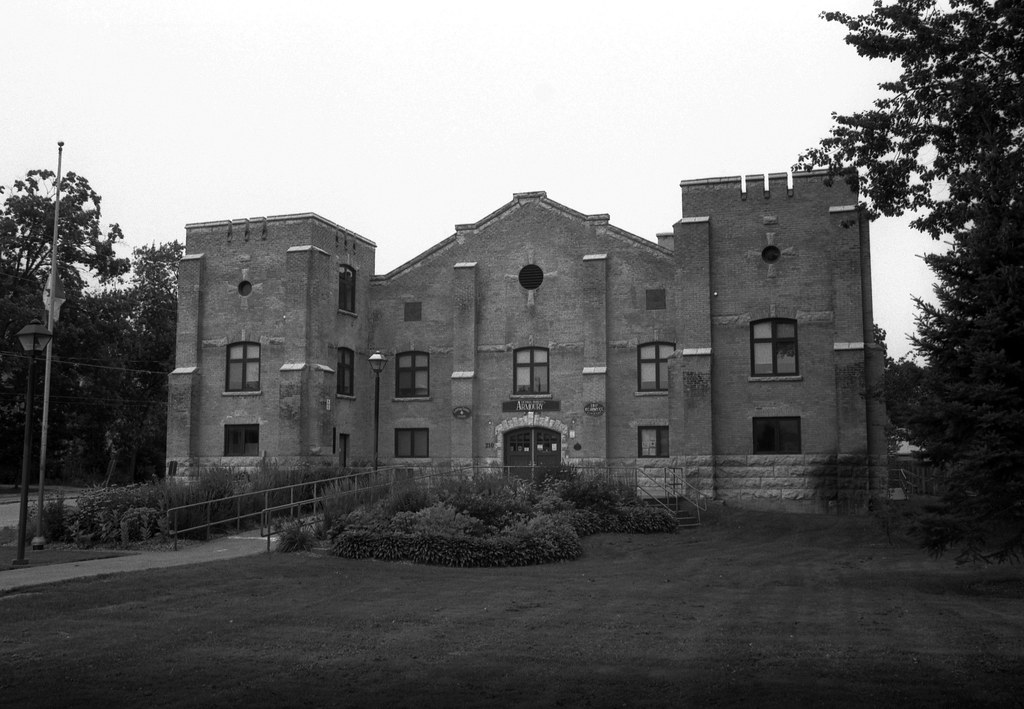
Nikon FM – AI-S Nikkor 35mm 1:2.8 – Fomapan 100 @ ASA-100 – Ilford Microphen (1+1) 9:00 @ 20C
Nikon FM – AI-S Nikkor 105mm 1:2.5 – Fomapan 100 @ ASA-100 – Ilford Microphen (1+1) 9:00 @ 20C
Nikon FM – AI Nikkor 28mm 1:3.5 (Yellow-12) – Fomapan 100 @ ASA-100 – Adox Rodinal (1+50) 9:00 @ 20C
Nikon FM – AI-S Nikkor 105mm 1:2.5 – Fomapan 100 @ ASA-100 – Ilford Ilfotec HC (1+63) 10:00 @ 20C
Nikon FM – AI-S Nikkor 105mm 1:2.5 – Fomapan 100 @ ASA-100 – Adox FX-39 II (1+9) 7:00 @ 20C
Nikon FM – AI Nikkor 28mm 1:3.5 – Fomapan 100 @ ASA-100 – Adox Rodinal (1+50) 9:00 @ 20C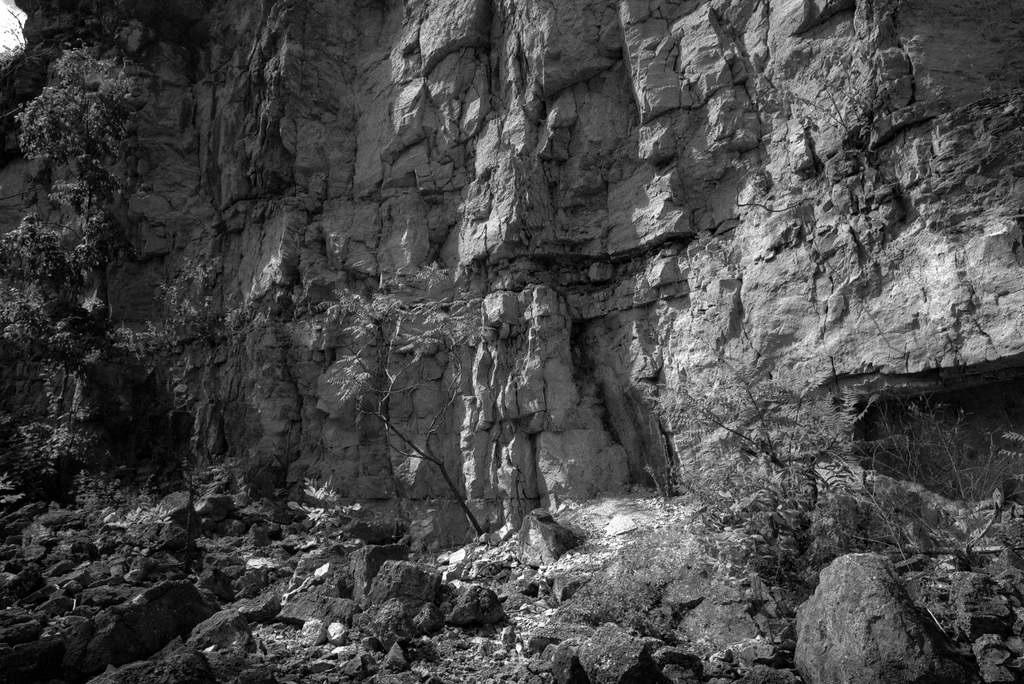
Nikon FM – AI Nikkor 24mm 1:2.8 (Yellow-12) – Fomapan 200 @ ASA-200 – Adox FX-39 II (1+9) 10:00 @ 20C
Nikon FM – AI-S Nikkor 50mm 1:1.4 – Fomapan 200 @ ASA-200 – Ilford Ilfotec HC (1+63) 9:00 @ 20C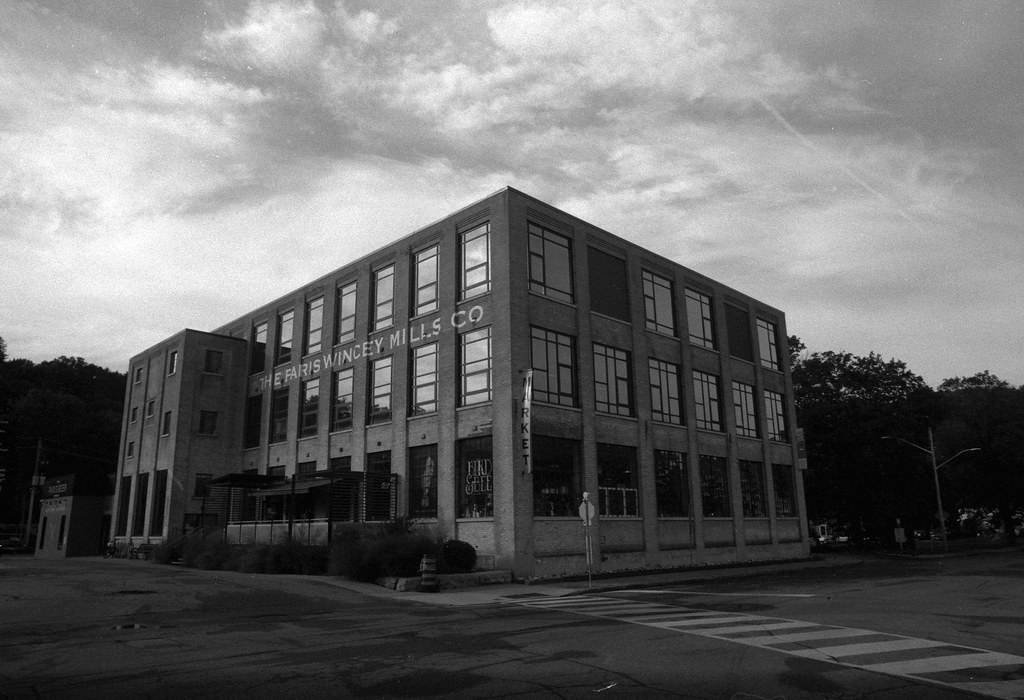
Nikon FM – AI Nikkor 24mm 1:2.8 – Fomapan 200 @ ASA-200 – Ilford Ilfotec HC (1+63) 9:00 @ 20C
Nikon FM – Lomography Daguerreotype Achromat 1:2.9/64mm – Fomapan 200 @ ASA-50 – Kodak D-23 (Stock) 5:45 @ 20C
Nikon FM – AI-S Nikkor 200mm 1:4 – Fomapan 200 @ ASA-200 – Kodak D-23 (Stock) 7:00 @ 20C
This year has only been the second time I put together a final book on the project. The book wasn’t entirely required by my original criteria, but it gives the project that last project. The saying “it’s not complete until it’s printed”, which I don’t always agree with, but makes sense in this case. While the blog posts allowed for that ‘big-picture’ view for each week with either an overarching theme or local history, I rarely translated that directly to the book copy. The book gave me a chance to target a specific image, picking the shot that I liked the most from the week or had an interesting story attached. Some weeks, I had to seriously trim down the entry to fit and still have the text big enough for people to read. I could explore many different parts of history that I enjoy studying, including military, railway, architecture, natural, and local histories. I covered a lot of early colonial history in Ontario and some of the darker aspects of that story. I touched on a lot of World War One history through local men who served and learned a great deal about the Swiss during the Great War. Surprisingly, despite visiting a few locations related to the War of 1812, none of those made it into the book this time around. But the biggest help to get the book moving from the start, allowing things to clip along at a good pace, so I only had a handful of things to take care of to complete the project.

Nikon FM – AI-S Nikkor 105mm 1:2.5 – Fomapan 200 @ ASA-200 – Ilford Ilfotec HC (1+63) 9:00 @ 20C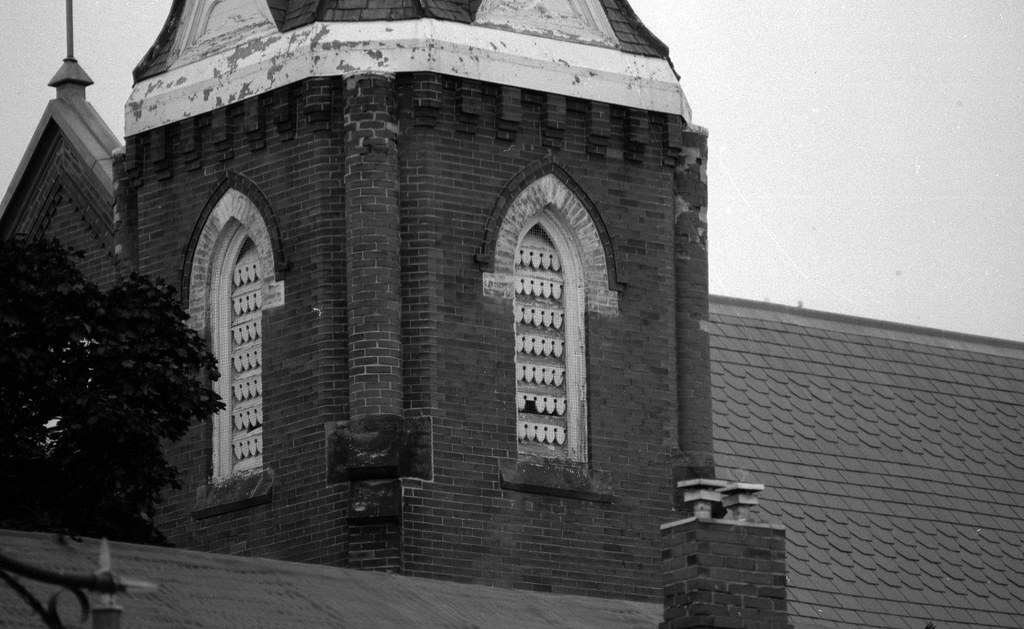
Nikon FM – AI-S Nikkor 200mm 1:4 – Fomapan 200 @ ASA-200 – Kodak D-23 (Stock) 7:00 @ 20C
Nikon FM – AI-S Nikkor 35mm 1:2.8 (Yellow-12) – Fomapan 200 @ ASA-100 – Pyrocat-HD (1+1+100) 7:30 @ 20C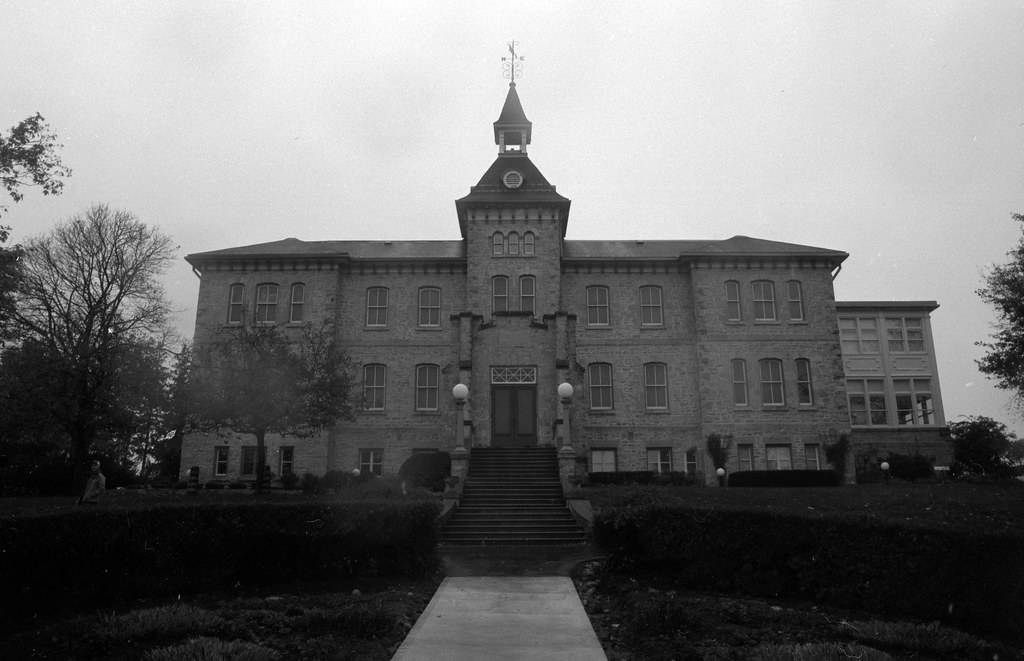
Nikon FM – AI Nikkor 28mm 1:3.5 – Fomapan 200 @ ASA-200 – Adox XT-3 (Stock) 6:00 @ 20C
Nikon FM – AI-S Nikkor 105mm 1:2.5 – New Classics EZ400 @ ASA-250 – Kodak D-23 (Stock) 7:30 @ 20C
Nikon FM – AI Nikkor 28mm 1:3.5 – New Classic EZ400 @ ASA-400 – Adox Atomal 49 (Stock) 10:00 @ 20C
Nikon FM – AI-S Nikkor 35mm 1:2.8 (Yellow-12) – New Classic EZ400 @ ASA-200 – Adox Atomal 49 (Stock) 9:00 @ 20C
Nikon FM – AI Nikkor 24mm 1:2.8 – New Classic EZ400 @ ASA-200 – Pyrocat-HD (1+1+100) 12:30 @ 20C
Nikon FM – AI-S Nikkor 35mm 1:2.8 (Yellow-12) – Fomapan 400 @ ASA-400 – Flic Film Black/White & Green (1+49) 13:30 @ 20C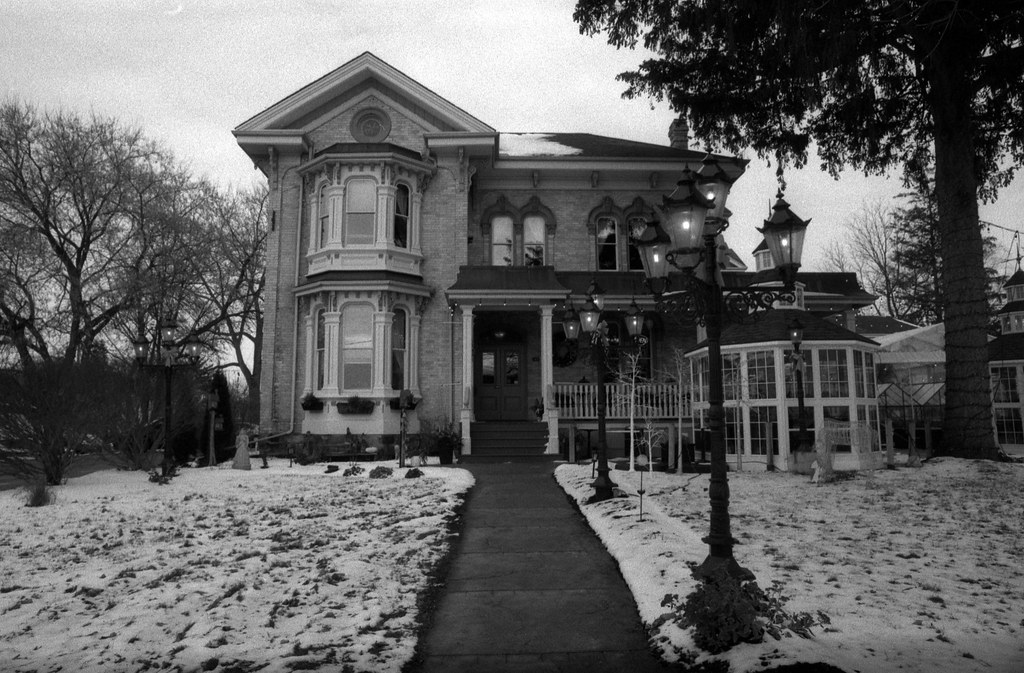
Nikon FM – AI Nikkor 24mm 1:2.8 (Yellow-12) – Fomapan 40 @ ASA-200 – Ilford Ilfotec HC (1+63) 11:45 @ 20C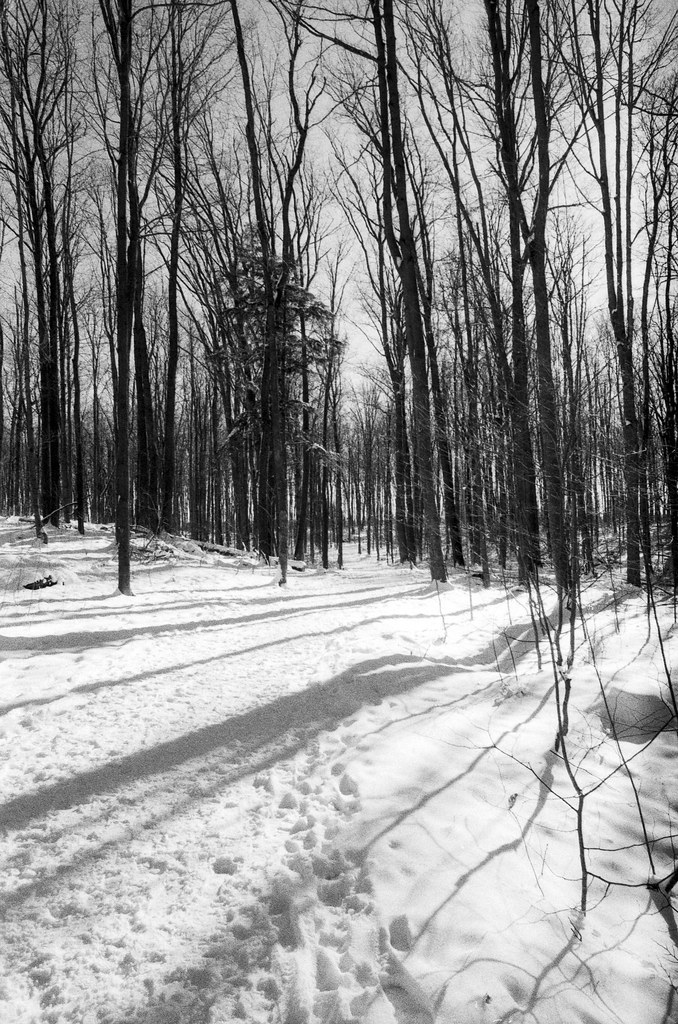
Nikon FM – AI Nikkor 24mm 1:2.8 (Yellow-12) – Fomapan 400 @ ASA-200 – Adox Rodinal (1+50) 11:00 @ 20C
And so dear readers, we’ve reached the end of another project. It was fun to dust off this project form again, and it made me glad I still had the chops to complete the task at hand. And despite everything that happened this year, I still managed to complete the project with no significant failures. If you like what you see and want a copy, you will be able to pick up this project in book form, and all the images featured here on this post are the ones that I chose for the book itself. It will be available at the end of February 2022 through Blurb. Maybe next year, I was revisiting a sheet-based project, but we’ll see how the whole parenting thing goes first.